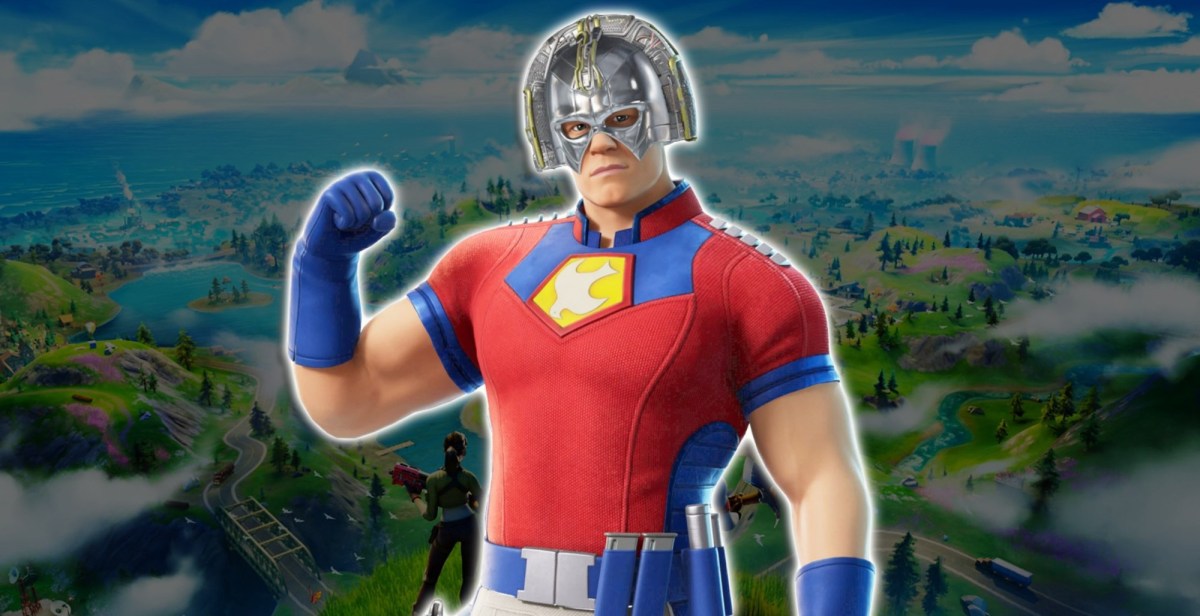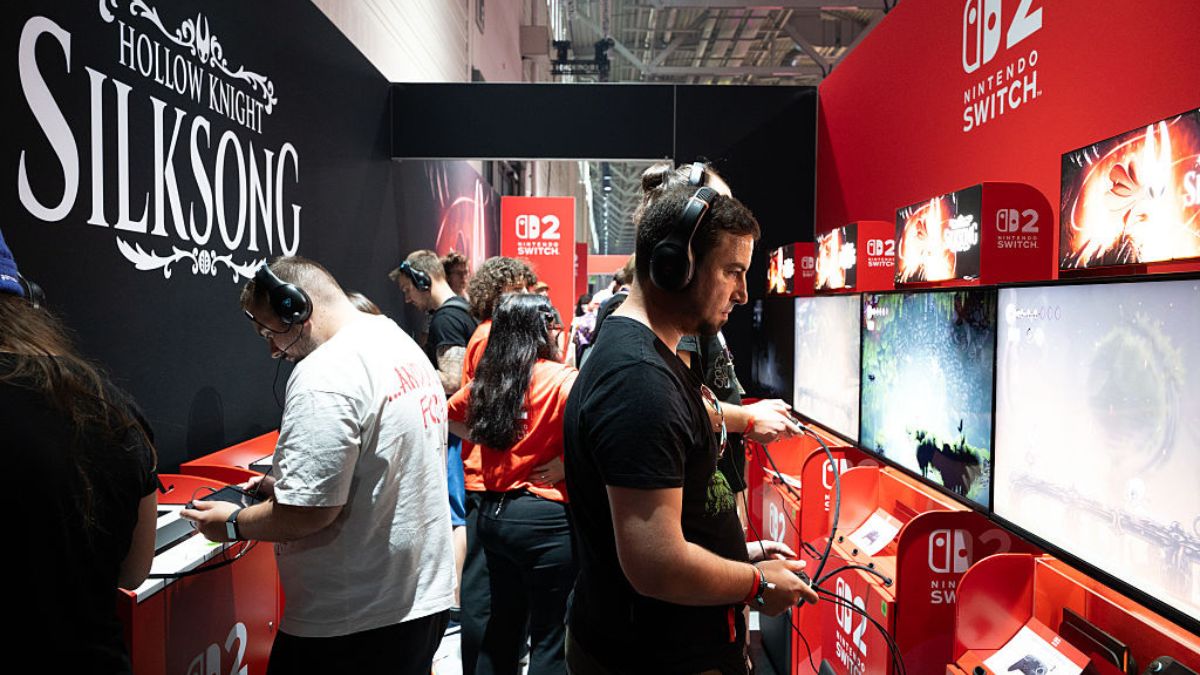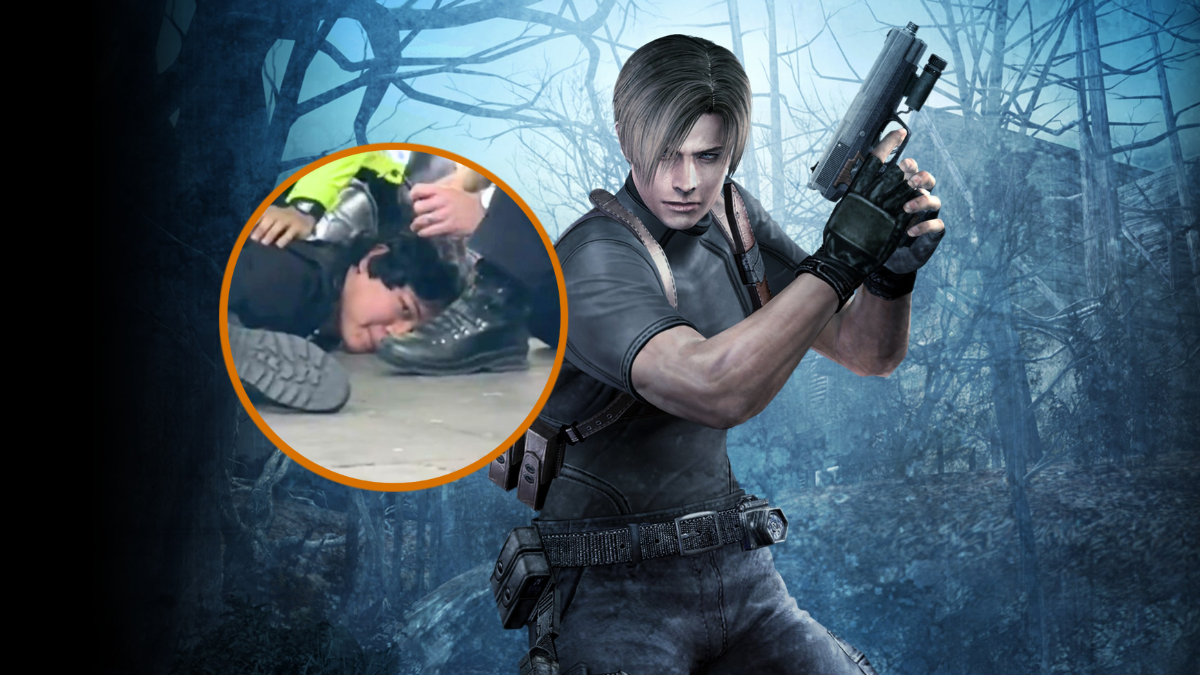Video game sequels are more often than not an inevitability. More so than any other medium, video games are designed, especially at the AAA level, to become franchises. First entries in a series today can often be shells of a full game, with the sequel more often than not delivering on the foundation that the original had set up. This isn’t an inherently bad thing, but it does make it rare that when a title hits it big, the sequel doesn’t explicit try to emulate what the previous installment had to offer. Against all odds, and thanks to a wide array of changes to both its gameplay and story, Ni No Kuni II: Revenant Kingdom manages to escape the shadow of its predecessor.
The first entry in the Ni No Kuni series actually dates back all the way to 2010, when Ni No Kuni: Dominion of the Dark Djinn appeared on the Nintendo DS (to this day, it remains a Japan-only exclusive). However, it wasn’t until a year later in Japan (and three years later in the West) that the series would take off. Now in 2018, Ni No Kuni II: Revenant Kingdom proves how a departure from the established formula of a franchise can pay off, by allowing the developers to be adventurous with their choices, even if all of them aren’t knock-out-of-the-park successes.
First and foremost, the world of Ni No Kuni II hasn’t lost its charm from the wondrous fantasy realm that the original game took place in. Despite it not featuring the likes of Studio Ghibli, (who were behind some of the first game’s gorgeous cutscenes) developer Level-5 is able to design a world around their own art style, that evokes the beauty and awe of a Ghibli film. Mixing this remarkable artistic achievement with the epic and pronounced soundtrack really sets the tone for a breathtaking world, which is chock full of all kinds of friends and foes that compel you to explore its every nook and cranny.

Every area in this world feels diverse enough from the others to stand on its own as a self-contained town or settlement, yet still combine to create the lush and wide world the game has to offer. Whether in the overworld or in a dungeon, I found myself constantly in awe of just how gorgeous everything was. While Ni No Kuni II is a sequel and does take place in the same world, the only returning location is the city of Ding Dong Dell. This is where you meet the game’s central protagonist, who sets up the 25-ish hour journey that the story has to offer.
Ni No Kuni II revolves around Evan, a whimsical child who has fallen on hard times. The story picks up just after Evan’s father has died, which gives way for a coup lead by the central antagonist. After losing his throne, Evan sets out on a journey to reclaim his rightful spot as ruler, but now with a noble goal of ending suffering throughout his kingdom. While this set up isn’t as heartbreaking as the circumstances surrounding Oliver (the first game’s protagonist), it does a good job of defining the central character in a way that allows him to be viewed as more than just a spoiled brat.
This framework is admittedly a bit childish and cheesy, but Ni No Kuni II’s heart is in the right place with its narrative. It might not be the groundbreaking fantasy tale of the JRPGs of yesteryear, but it still does a commendable job incorporating the world into Evan’s story, making him a more grounded character overall. Throughout, we see themes of love and loss, as well as a decent coming of age tale, which are all amplified by the amazing cast of characters who are along for the ride.

Revenant Kingdom’s dialogue and characters are one of its biggest strengths. The second main protagonist, Roland, works incredibly well with Evan. Throughout, the two characters build off of each other in interesting ways, most of which are related to Roland’s past. This relationship blooms over time, and is a real treat to watch grow. However, it’s the third member of the triumverate, Tani, who really steals the show. Tani is a fun companion who is less obsessed with Evan’s royal pursuits, and the game spends more time exploring Tani’s own motivations and ambitions. It’s a joy to see an independent female character in a JRPG who doesn’t fall victim to the tropes of only serving the protagonist’s main aspirations. Coupled with the ample amount of humorous and lovable side characters, and what you’re left with is a world that is impossible not to love.
A new story and characters that aren’t directly connected to the first game would seem like a big step away from any studio’s comfort zone. Still, despite this dramatic change, where Ni No Kuni II makes its biggest departure from its predecessor is in its combat system, which has been completely overhauled. The last installment featured a Pokémon-esque system (not unlike Level-5’s own Yo-Kai Watch), which had you capturing creatures that you could use in battle. Now, Revenant Kingdom instead has you face enemies with primarily hack ‘n’ slash attacks, which are very reminiscent of the Dynasty Warriors franchise. Fights have you going from the overworld or dungeons to standalone, circular battle areas through a rather smooth animation/transition. This makes every fight feel up close and personal; battles are fast and frantic, where your party is often outnumbered but can steadily whittle the opponents advantage down. Attacks are varied, and movesets are fleshed out enough to give you interesting and strategic ways to approach each clash. However, all of this hard work leads to Ni No Kuni II’s biggest drawback. Which, is frankly, that for all of the tools at your disposal, the combat is far, far too easy.
Now I’m not ardently opposed to games being easy by any means. I’m the type of person who argues wholeheartedly that Dark Souls ought to have an easy mode to help newcomers into the series, rather than having the whole “git gud” mantra condescendingly thrown into their face. I’m in favor of difficulty sliders in nearly every aspect of the medium, especially, when they can allow players to engage with a game at a pace that is best suited for them.

Usually this is a thing that only goes in one direction for me. Sure, I’ve played games that are easier than others, and yet, I struggle to recall one which actually made me think that I would be enjoying myself (much) more if the challenge was ratcheted up. However, with Ni No Kuni II, the difficulty (or lack thereof) often left me wanting some sort of slider that I could crank up to make combat feel more meaningful and challenging. Constantly, I went into battle against a higher-leveled character, yet my skills in combat or strategy were rarely tested. Aside from a few fights here and there, everything was generally a cakewalk, and it got to the point where I stopped trying to knock out too many side quests out of fear that I would be too powerful during my next fight. Trust me; I am by no means “great” at video games, so when it came to the point where my enjoyment was being affected from the game’s easy difficulty, the lack of challenge became that much more apparent. At the very least, I would have liked to have been forced to engage with all of the game’s mechanics and systems in some meaningful way.
Speaking of systems, the second biggest change in Ni No Kuni II is the kingdom management, where you are tasked with building and expanding the city of Evermore for Evan to rule over. This plays out almost like a game of Civilization-lite, where you are giving citizens jobs and tasks, and choosing whether to fight or go to war with rival nations (which, admittedly, runs a bit counter-intuitive in regards to the story, which sees Evan striving for peace among the rivaling kingdoms). This weird blend of RTS-mechanics actually goes over pretty well, showing just how far Level-5 are willing to step out of their comfort zone just to make a game that isn’t a carbon copy of their last title. While these sections can sometimes suffer from cumbersome controls, as part of the larger experience, these new sections are more than compelling enough to warrant their inclusion.
Sequels in video games often surpass their predecessor because they are (often) being built atop an already well-established foundation. Be it because a developer is more comfortable with an engine, more in tune with the characters they’ve created, or just taking general feedback from fans to heart. Sequels more often than not treat the first entry in a franchise like a rough draft. On the other hand, what developers don’t often do, and what Level-5 was ambitious enough to try, is to take a great deal of what made their first game successful, throw it out the window, and build something totally new from scratch. While Ni No Kuni II: Revenant Kingdom might not have that same “lightning in a bottle charm” that came from the first game, it pulls no punches when it come to reinventing itself and showing the range that Level-5 has to offer.
This review is based on the PlayStation 4 version of the game, which was provided to us by Bandai Namco.










Published: Mar 27, 2018 10:00 am